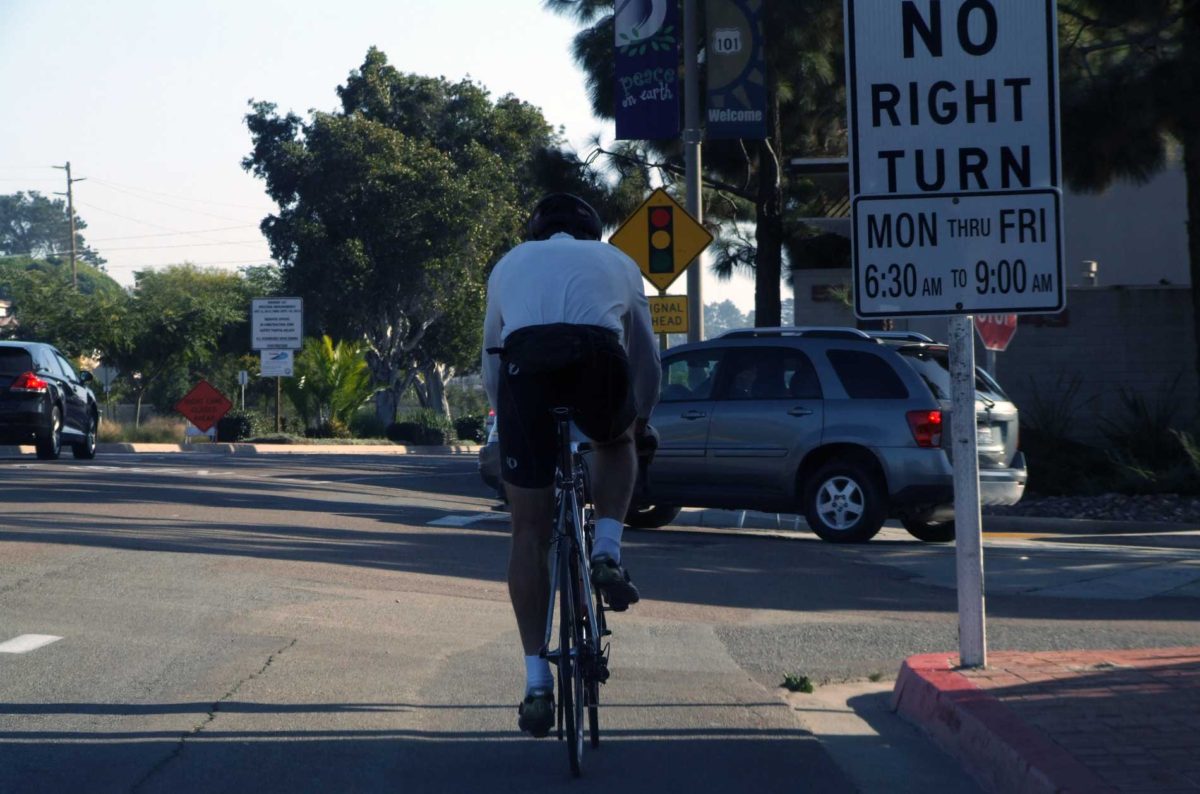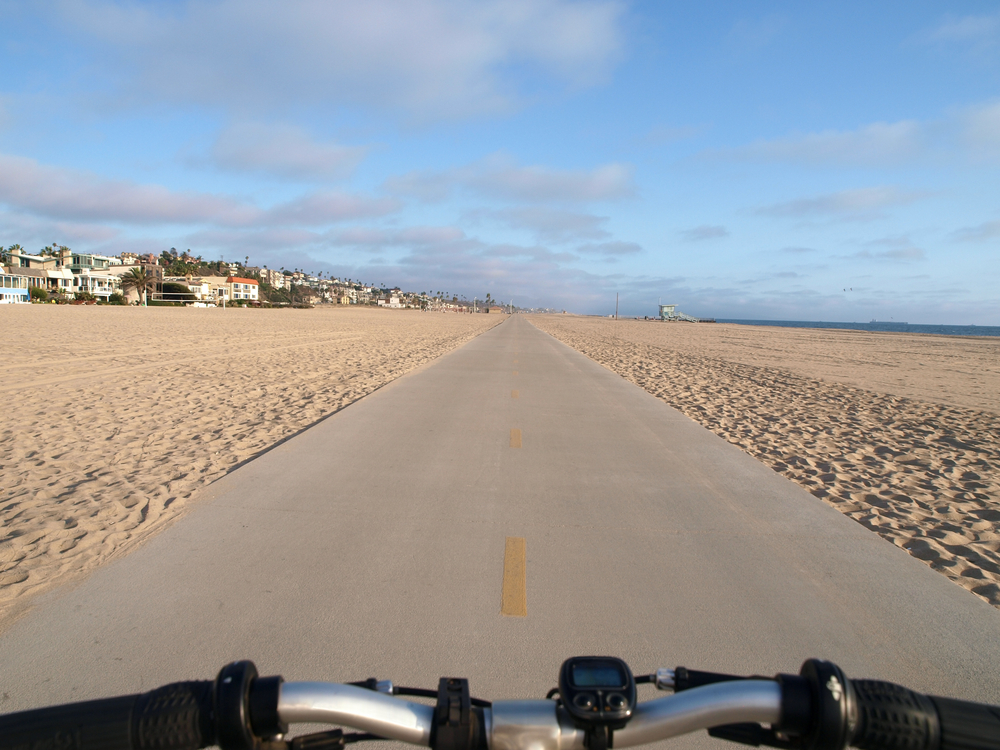San Diego’s infrastructure funding gap grows by $310M
San Diego Union Tribune
January 28, 2018
An ambitious plan to build 77 miles of bicycle lanes throughout the San Diego region is behind schedule — with less than four miles open to the public and more than $60 million spent. Officials with the San Diego Association of Governments have said that much of that money has been for used for design and community outreach, which accounts for roughly 40 percent of an average project under the program.
Still, it is an ambitious plan and in the end, San Diego County will have an amazing network. But, the delays really are adding up.
But, on the other hand, incredibly projects are also breaking ground or close to opening.
SANDAG Budget Has More Delays For Priority Bike Projects
KPBS
2-8-2018
One project that would create separated bike and pedestrian paths along Pershing Drive through Balboa Park is facing a construction delay of about 10 months. The corridor is a key missing link in San Diego’s bike network that would connect densely populated Mid-City neighborhoods with downtown.
Meanwhile, with all the delays and already many years out from the beginning of Vision Zero push pedestrian traffic fatalities are happening too often in San Diego County, fatalities which could and should be prevented under the Vision Zero goals.
Pedestrian deaths in San Diego rack up as city drags on Vision Zero
San Diego Union Tribune
2-11-2018
While traffic-related fatalities in the city declined last year, the number of deaths still eclipsed homicides, including 17 pedestrian deaths on top of hundreds of often crippling injuries. Since January, nine people walking the streets of San Diego have been killed by motorists.
So, we’re behind schedule, and unlike New York City having the lowest pedestrian fatalities to an all time low, we’re still seeing pedestrian fatalities, and numerous crashes leaving people seriously injured with life long lasting consequences.
At the same time, more than 500 pedestrians a year are wounded or seriously injured in motor vehicle accidents, according to a City Auditor’s report from 2016.
‘Vision Zero’ brings traffic fatalities in New York to an all-time low
L.A. Times
2-1-2018
It appears to be working. Total traffic fatalities in the city, including those involving pedestrians, cyclists, motorcyclists and motor vehicles, fell from 299 in 2013 to an all-time low of 214 last year.
Pedestrian deaths were down from 184 to 101, though deaths of bicyclists rose from 12 to 23.
A lot of challenges remain for San Diego County. We know that the idea and strategy of Vision Zero works, prioritize the most dangerous streets and intersections, make road design safer, and when this all happens, everyone has a place to move in traffic safely, cars, pedestrians, strollers, bicycles. And, studies show that these road improvements actually make shopping in cities better for businesses because people can walk around and people are drawn to shopping and restaurants where these improvements have happened.
But data points to priorities, and improvements take studies and money, and time. What are we going to do if we are running out of both money and time and the organization for collecting the data and prioritizing the projects is also lagging.
San Diego’s infrastructure funding gap grows by $310M
San Diego Union Tribune
2-13-18
On sidewalks, the projected need is $166 million and only $14 million is expected to be available.
There are similar gaps on streetlights, $204 million versus $1.4 million; traffic signals, $144 million versus $11 million; and bike lanes, $122 million versus $6 million.



